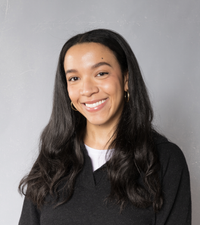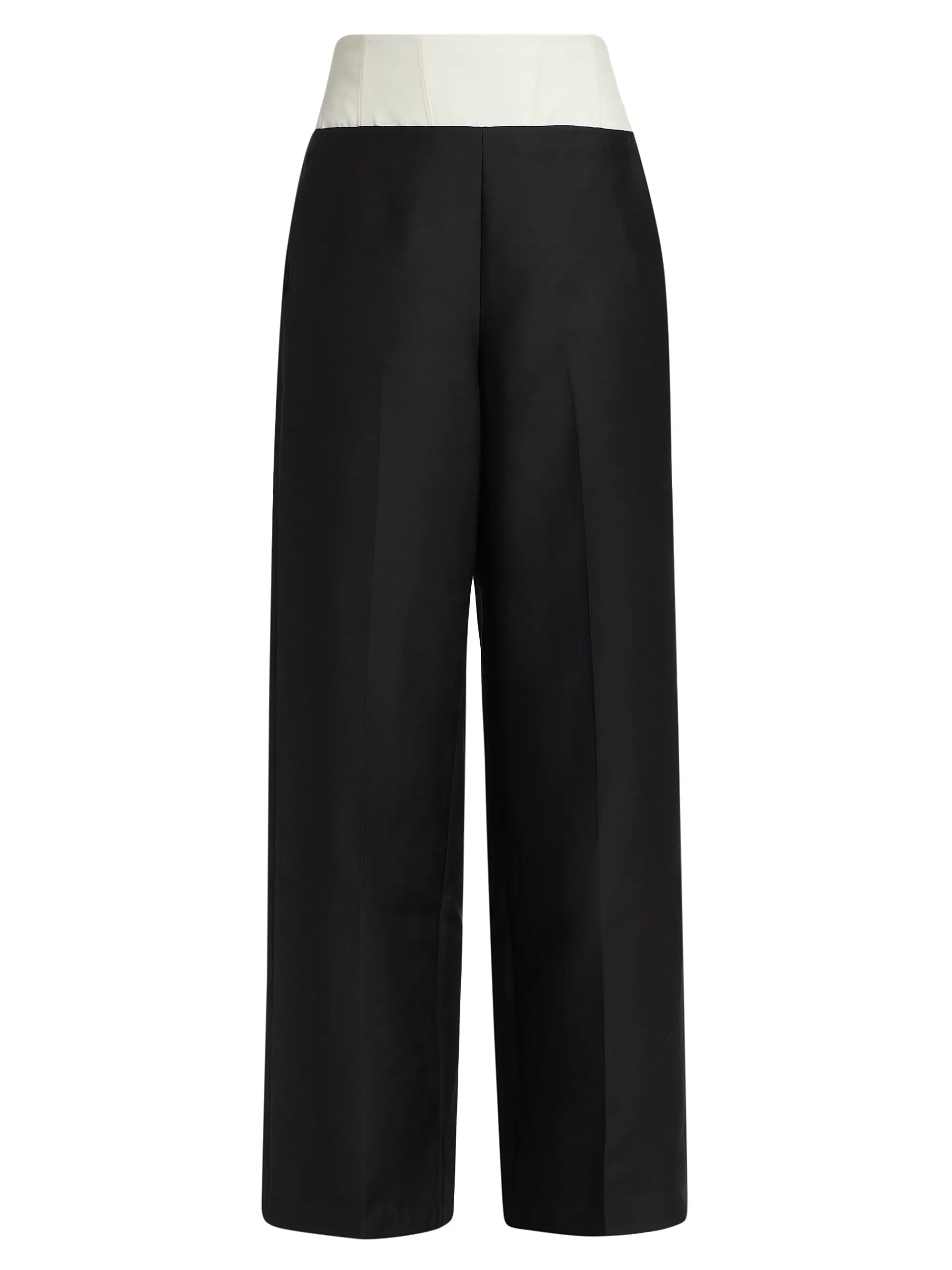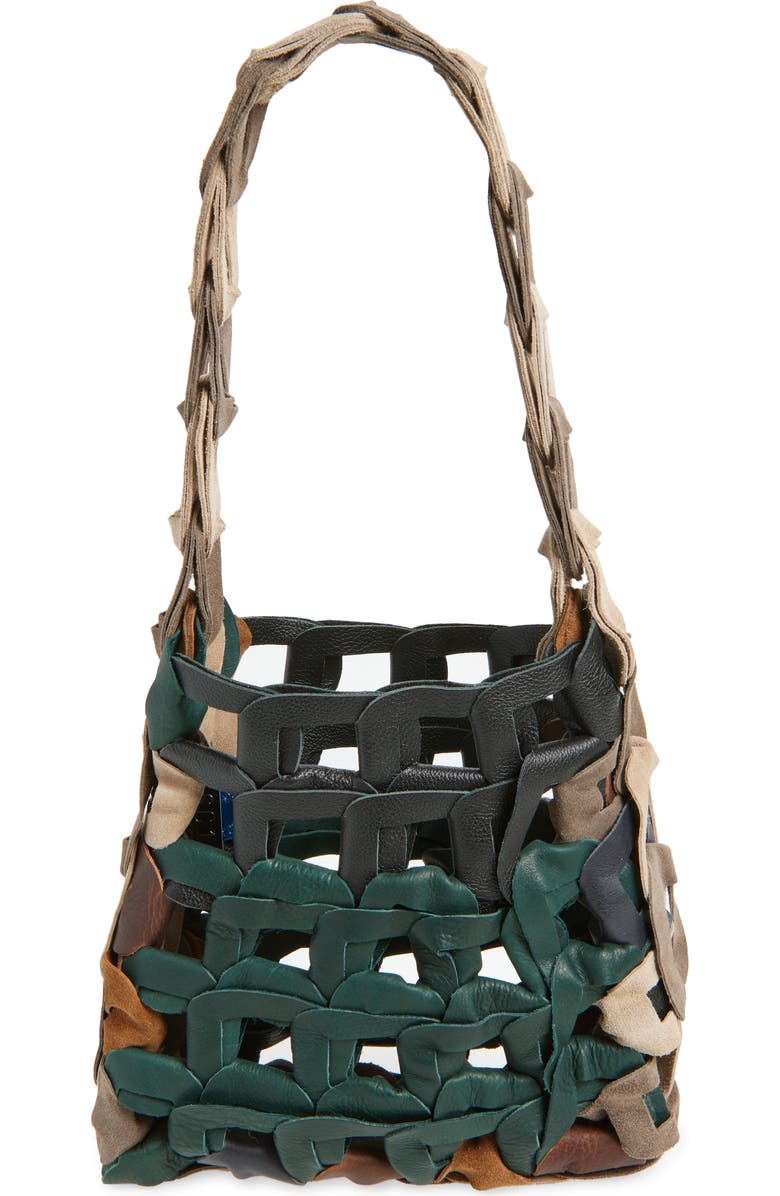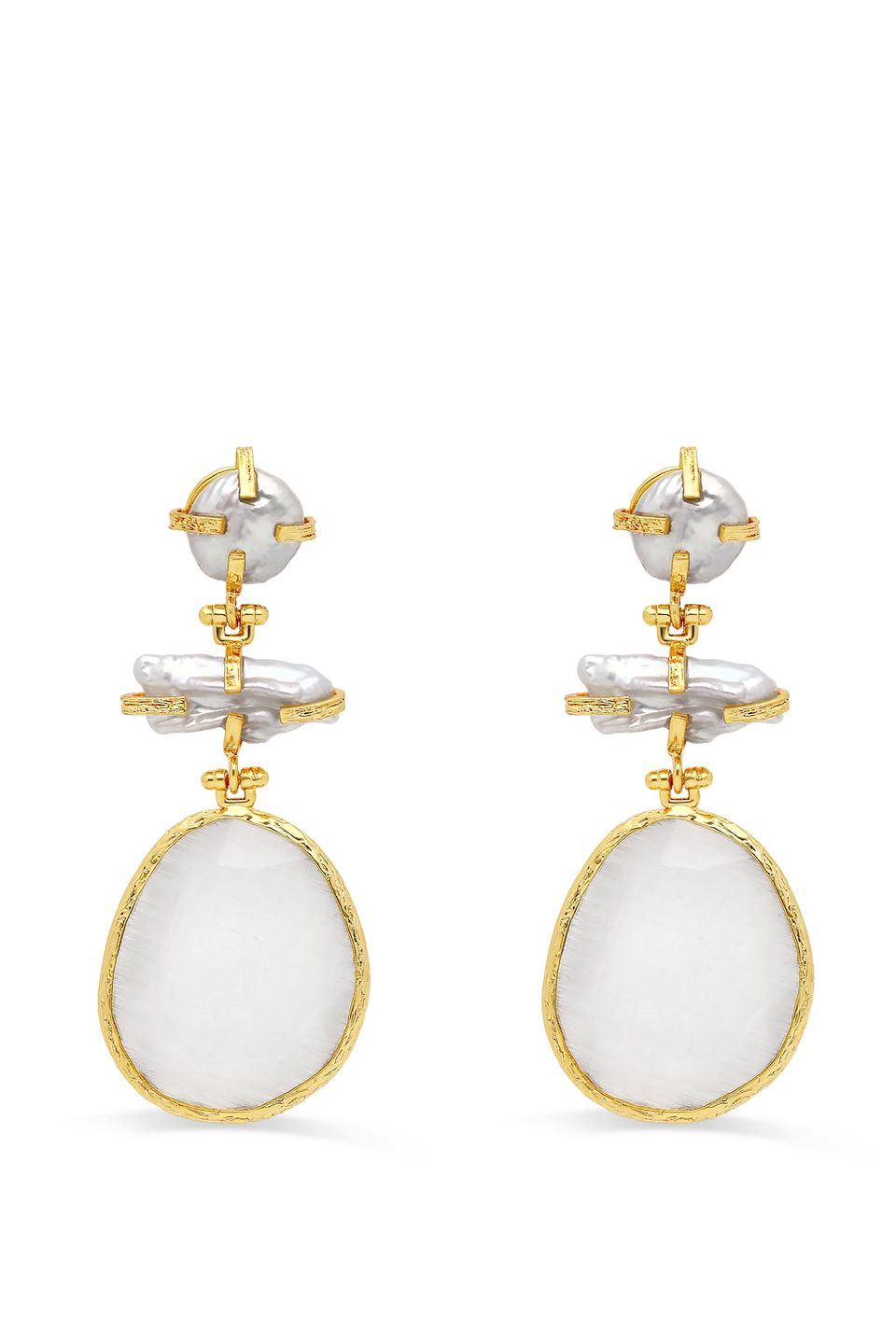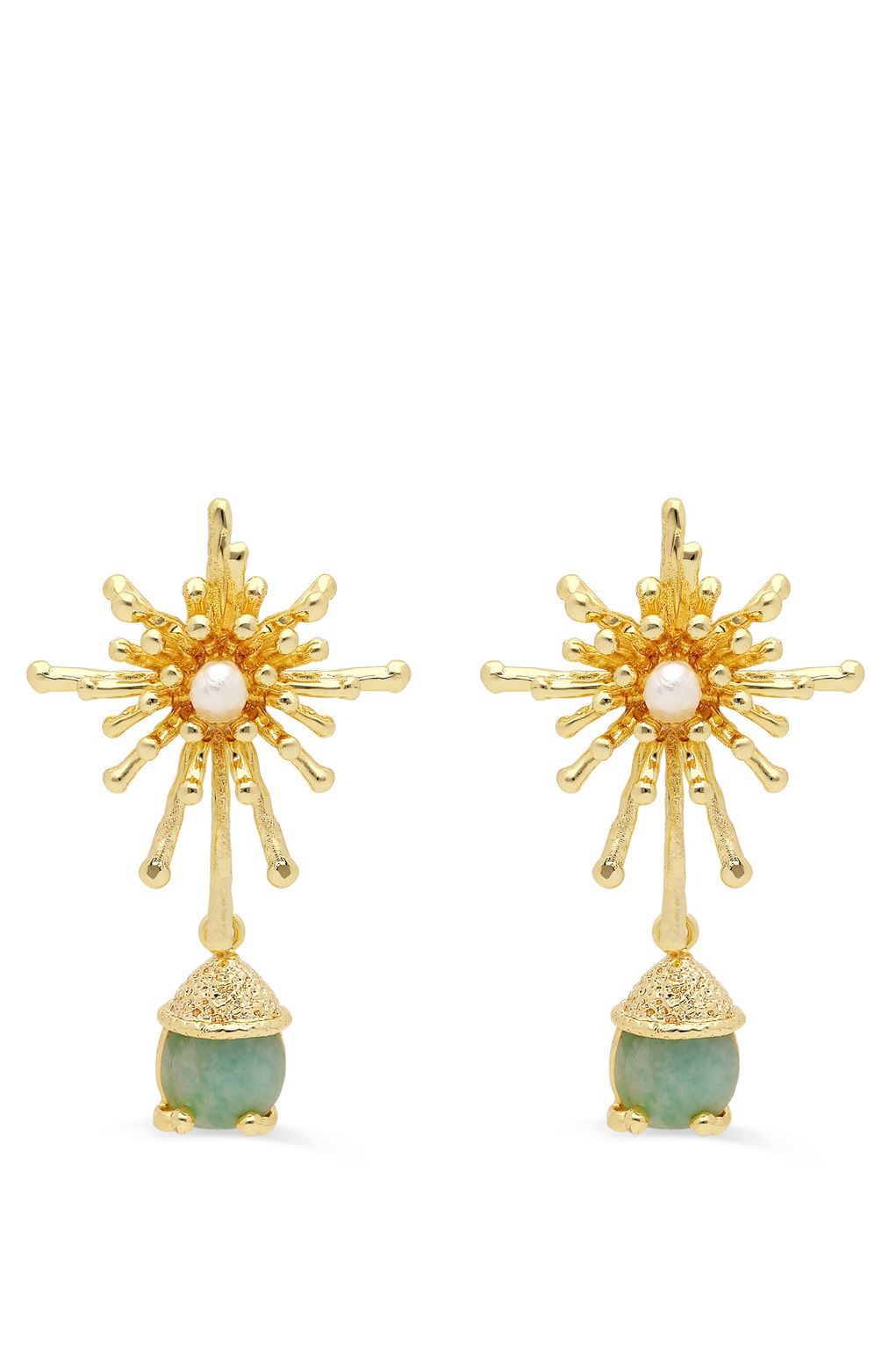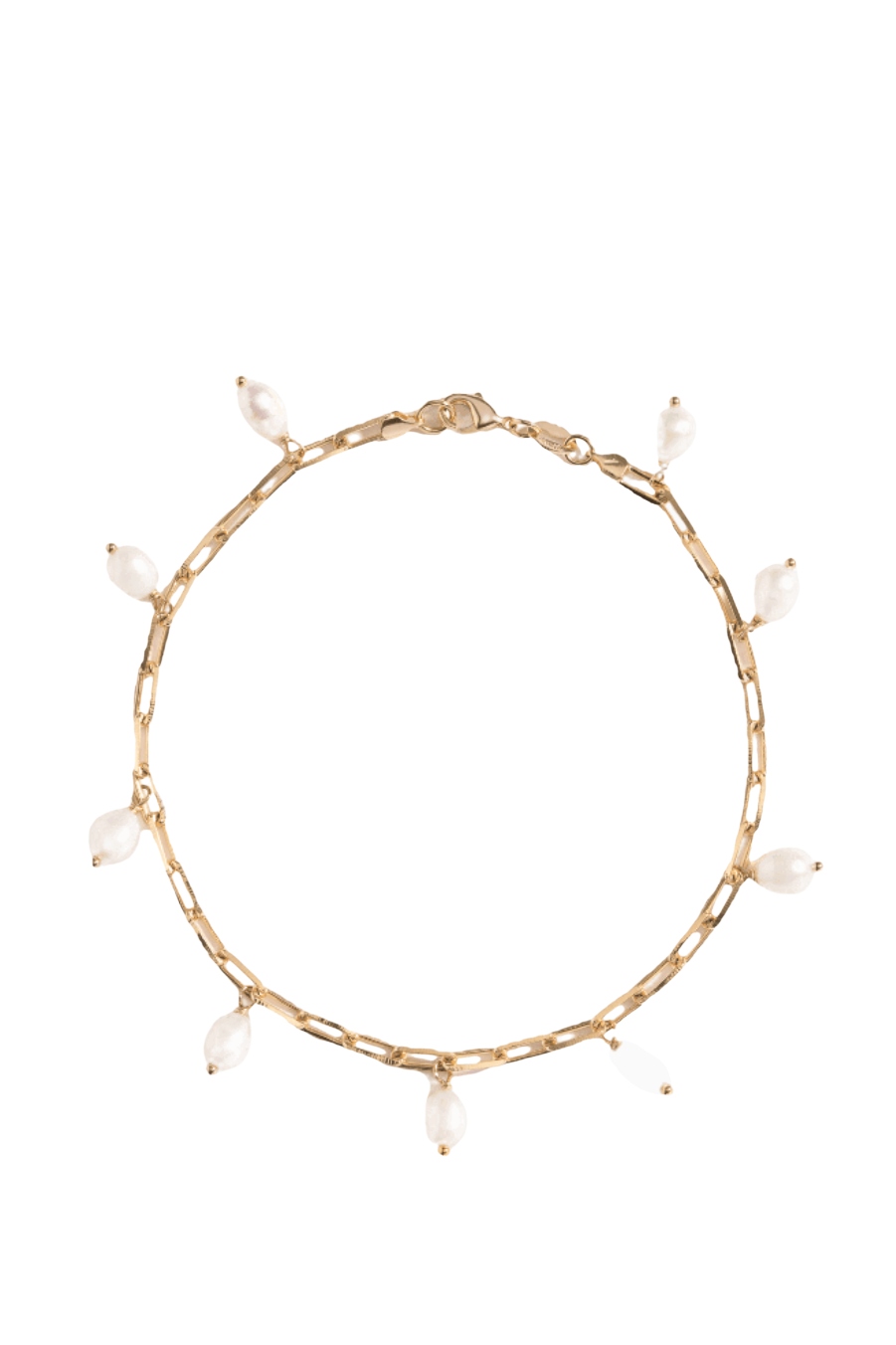The Emerging Designers Making Fashion Feel Personal Again
A cohort of female-led labels prove that intention is the new luxury.

Breaking out as an independent fashion designer today is no small feat. The industry is crowded and more demanding than ever. There are rising production costs, shifting consumer habits, and scaling issues, which makes creating a line that lasts—or even gets off the ground—feel especially out of reach.
Even still, a new generation of rising designers has seemingly cracked the code. Their names might not be on billboards (yet!), but they've still managed to build a discerning following. The women behind these labels stand out not only for their distinctive designs, but for how they’re redefining what “newness” in fashion means. In a world dominated by the high-speed churn of fleeting trends, they invite us to slow down and embrace pieces rooted in sentiment and intention. Their work, as you’ll see ahead, prizes purpose over novelty—an ethos that never goes out of style.
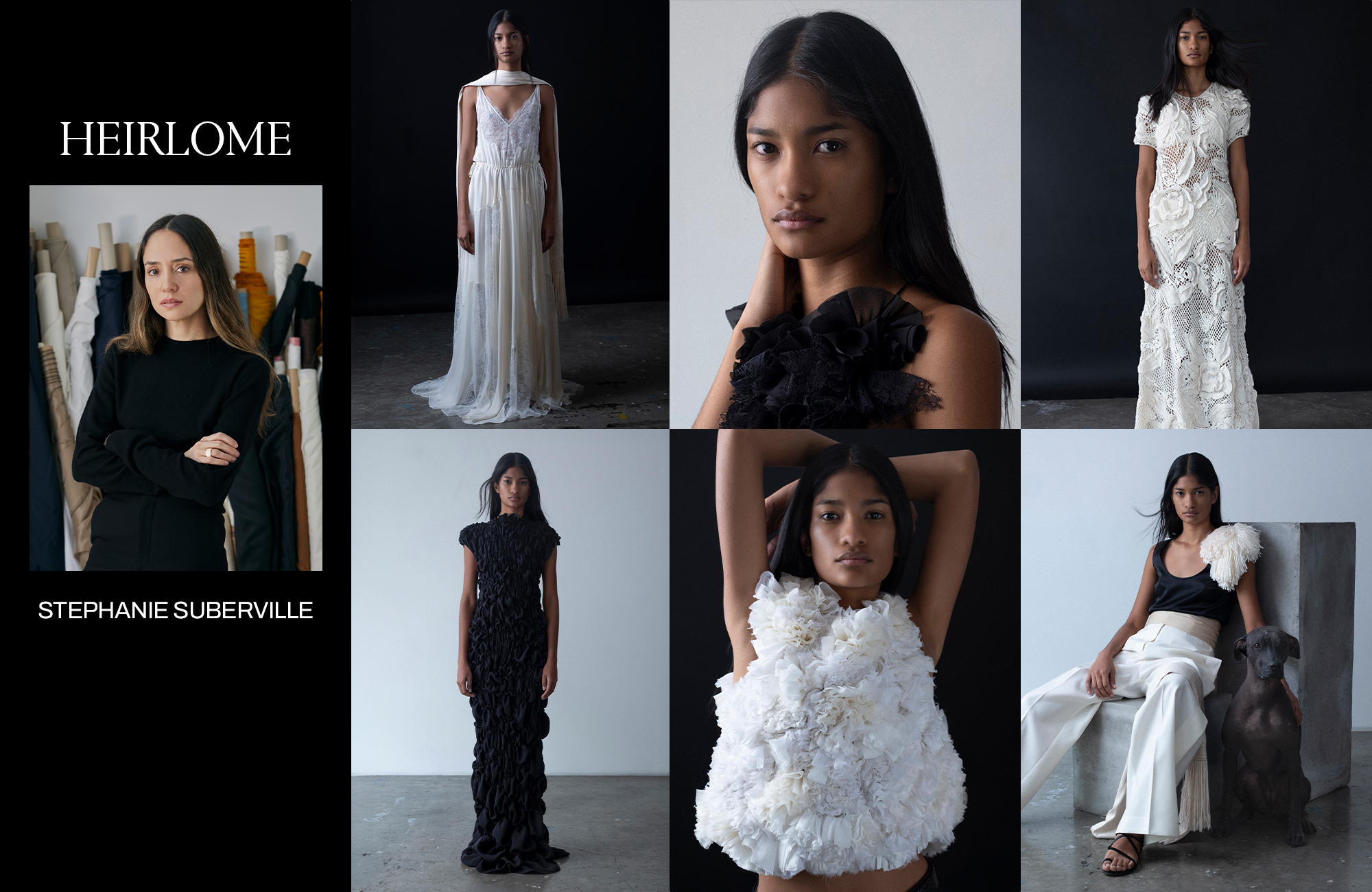
Stephanie Suberville of Heirlome
Hermès has its Birkin bags; Heirlome has its rebozos.
A traditional Mexican garment similar to a shawl, Heirlome’s rebozos are made of pure silk, stitched in a zigzag design, and finished with fringe. Each takes three months to make and is handwoven by Arturo Estrada, an artisan in Santa Maria del Rio who has been crafting rebozos since he was nine. The intricate $990 shawls have become Heirlome’s signature, propelling the 2022-launched brand onto New York’s fashion landscape and amassing a fan base of craft-led shoppers along the way.
“We can't produce our rebozos fast enough to deal with the demand,” Heirlome founder Stephanie Suberville says on an early October video call. “I’ve had to limit wholesale orders to only ten pieces, but even still, we can’t keep them in stock.” Suberville has implemented a customer waiting list for Heirlome’s rebozos, with a tentative restock date set for early 2026.
Suberville, who grew up in Monterrey, Mexico, didn’t anticipate that a design predating the country’s colonial period would become a trendy item among Manhattanites. “It's fascinating to see how much my American customers love rebozos—a very old, traditional Mexican garment my grandmother used to wear, my mother keeps safe in her drawers and that Mexican people my age, as millennials, don’t really care about anymore.”
But introducing centuries-old Mexican folk art and handicrafts—artesanía—to new audiences was always part of Suberville’s plan. “I live in a constant state of nostalgia for Mexico, and Heirlome was born from that feeling,” says the Parsons graduate with over two decades of fashion industry experience. “As a Mexican woman in America, I feel a sense of responsibility to keep artesanía alive, and making clothes that demand this type of next-level workmanship is my way of doing so.”
Get exclusive access to fashion and beauty trends, hot-off-the-press celebrity news, and more.
As a Mexican woman in America, I feel a sense of responsibility to keep artesanía alive, and making clothes that demand this type of next-level workmanship is my way of doing so.

In addition to collaborations with craftspeople like Estrada, Suberville partners each season with different traditional Mexican artisans—from potters to painters—and integrates their medium into Heirlome’s collections. A ceramist creates a custom scalloped print that Suberville uses for a shirtdress. The designer reinterprets a sculptor’s signature jaguar as a motif on a maxi gown.
“A lot of the artisans we work with come from different Indigenous Mexican communities. Each has its own style, language, and religion, and these traditions are all passed down to the next generations,” Suberville says. “We usually think of heirlooms as jewelry or material things you hold onto, but I love the idea of skills being heirlooms you pass down.”
We usually think of heirlooms as jewelry or material things you hold onto, but I love the idea of skills being heirlooms you pass down.

Sophie Andes-Gascon and Claire McKinney of SC103
SC103 began not in a glossy studio, but on the kitchen floor of Sophie Andes-Gascon and Claire McKinney’s college apartment. Over video, the longtime roommates recall coming home from their corporate fashion jobs in 2019 and sewing prairie dresses and parachute pants until 1 a.m. On a whim, they started weaving deadstock leather scraps into chains—a small experiment that would become their now-signature Links bags.
Eventually, Andes-Gascon and McKinney had mocked up enough pieces for a collection and felt compelled to put on a self-produced runway show in 2019. “We had no intention of launching a brand,” McKinney says. “We thought we were just doing one fashion show and maybe selling a few handbags. Someone literally asked, ‘What is this?’ so we had to come up with a name for the flyer.” And just like that, SC103 was born—“S” and “C” for their initials, “103” for their shared college apartment in the Brooklyn Navy Yard, where it all began.
Five years after their accidental launch, the designers see their best-selling Links tote as the perfect encapsulation of their journey, and a symbol of their scrappiness in both design and origin. “The bag is modular by nature—there's no glue or hardware; it can be taken apart or put together a million times—and anyone could make it anywhere,” McKinney says. “Two hands and a lap are really all you need.”
The interlinked design also mirrors the duo themselves: collaborators connected and figuring it out one piece at a time. “There isn't just one way to run a fashion brand,” Andes-Gascon says. “We're doing it our own way, which is working off of demand and the numbers coming to us, because that's the only way we know how—and it’s working well for us.”
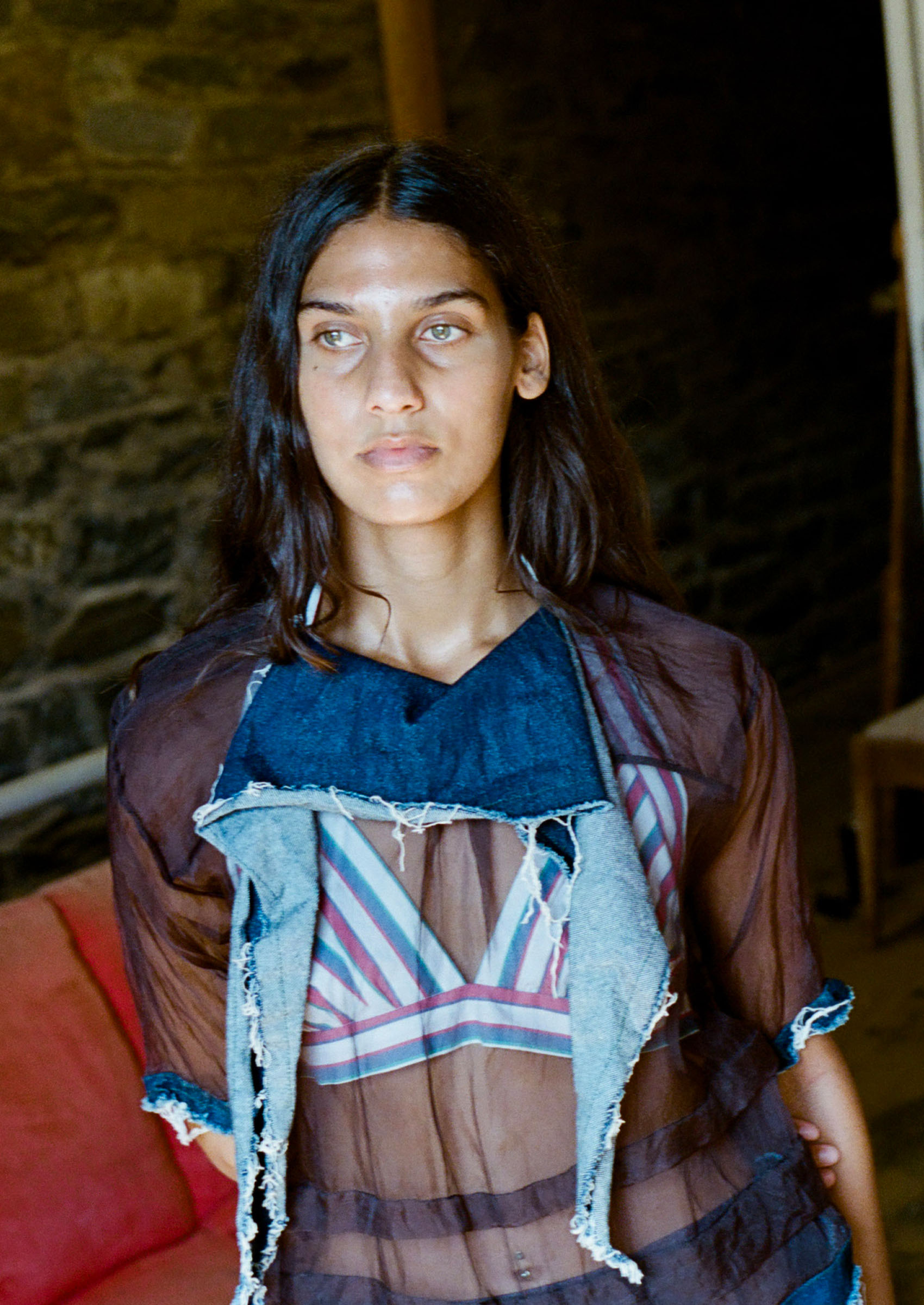
There isn't just one way to run a fashion brand.
“Well” is Andes-Gascon being humble. The brand’s handbags and ready-to-wear regularly sell out at retailers like Nordstrom and SSENSE. Critics hailed the brand’s Spring 2026 runway as one of New York Fashion Week’s bright spots in an otherwise dreary season. Andes-Gascon and McKinney have since upgraded to a larger studio in Red Hook, Brooklyn, with plans for in-store shopping appointments. They’ve also moved into separate apartments, ending their ten-year roommateship.
The designers call the change bittersweet, but exciting. If they could turn leather scraps into It bags on a kitchen floor, imagine what comes next.
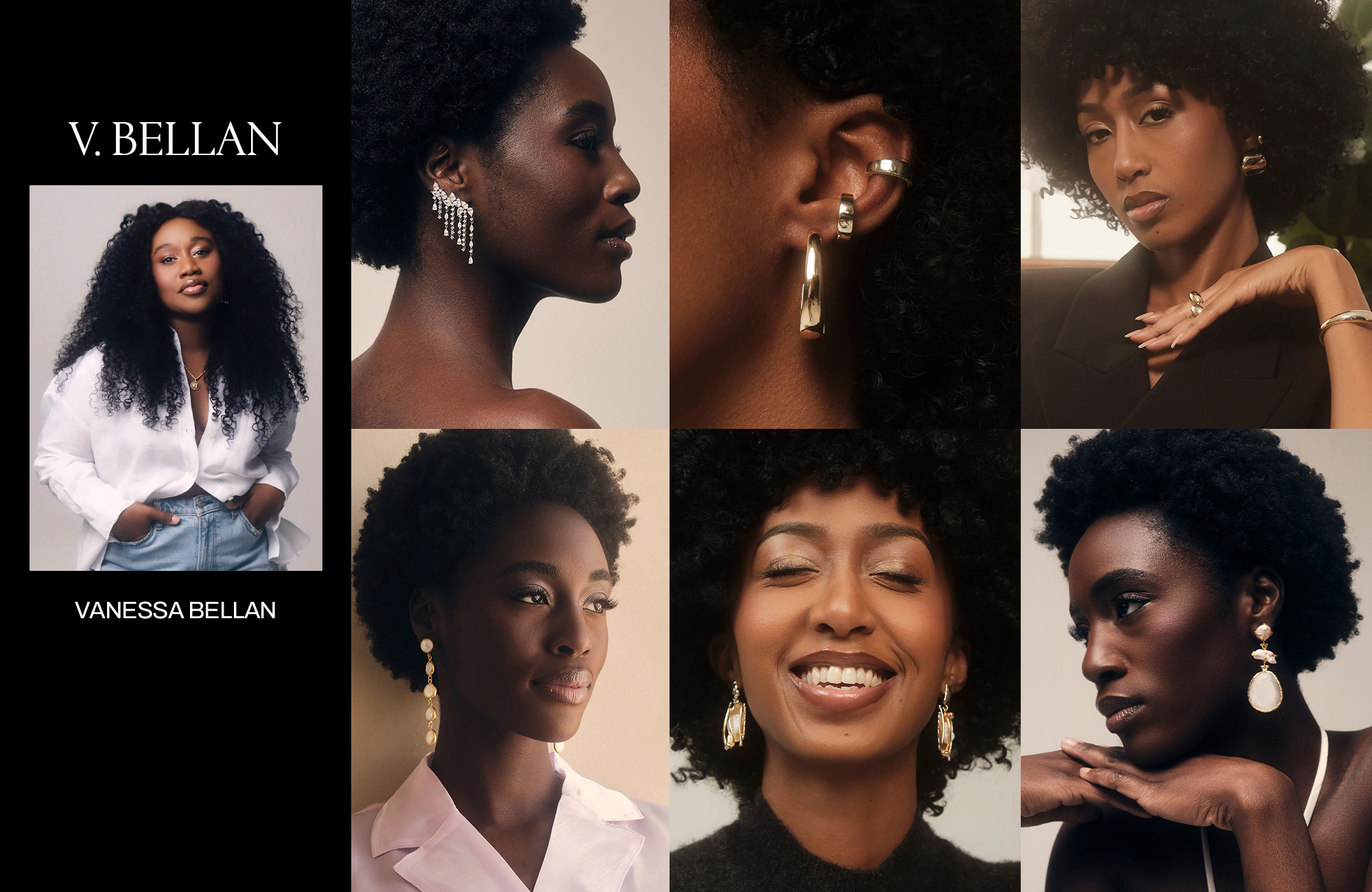
Vanessa Bellan of V. Bellan
Vanessa Bellan, founder of modern heirloom brand V. Bellan, believes jewelry is most powerful when it’s rooted in a compelling narrative. “Storytelling is what gives a design its meaning—without it, it’s nothing more than metal.”
Storytelling is what gives a design its meaning—without it, it’s nothing more than metal.
With a lifelong love of jewelry making and over a decade of experience working alongside artisans and production houses, Bellan knows a thing or two about what makes the perfect piece. But it wasn’t until 2020 that she stepped out on her own to begin a new chapter, launching her namesake label after suffering a tragic miscarriage. Determined to channel her pain into purpose, Bellan began crafting gems she imagined her daughter would have borrowed and cherished.
“To honor my daughter, I made a line of pendants engraved with her initials,” she says. While it originated as a form of healing, V. Bellan later blossomed into an assortment of gender-neutral accessories, ranging from sculptural rings anchored in gold to chain bracelets adorned with freshwater pearls.
Bellan’s designs have since caught the attention of style insiders everywhere, even earning her a coveted spot within the Black in Fashion Council’s Fall 2024 Discovery Showroom.
“My creative process is deeply connected to my own path,” Bellan says. Although she was born and raised in Massachusetts, the Haitian-American designer has lived in New York for two decades, and her work reflects the many seasons of her life in the city. “From navigating loss to celebrating love, it’s those transformative moments that fuel my collections,” she says.

Her latest launch, Ceremony I + II, is a bridal line brimming with scintillating diamond necklaces and romantic amazonite earrings. “What I love most about this curation, and really about my work, is that every piece is defined by a quiet form of power—whether it’s a subtle touch of texture or an unexpected silhouette,” she says. “But above all, the jewelry that I create is timeless—and that balance is what makes it V. Bellan.” Each item is shaped by Bellan’s multifaceted journey, designed to ultimately become a special part of someone else’s life.
“A piece might be worn to honor a loved one, mark a personal milestone, or simply to feel beautiful,” she says. “The hope is that the wearer feels confident, grounded, and most importantly seen, knowing these treasures were made for their story.”
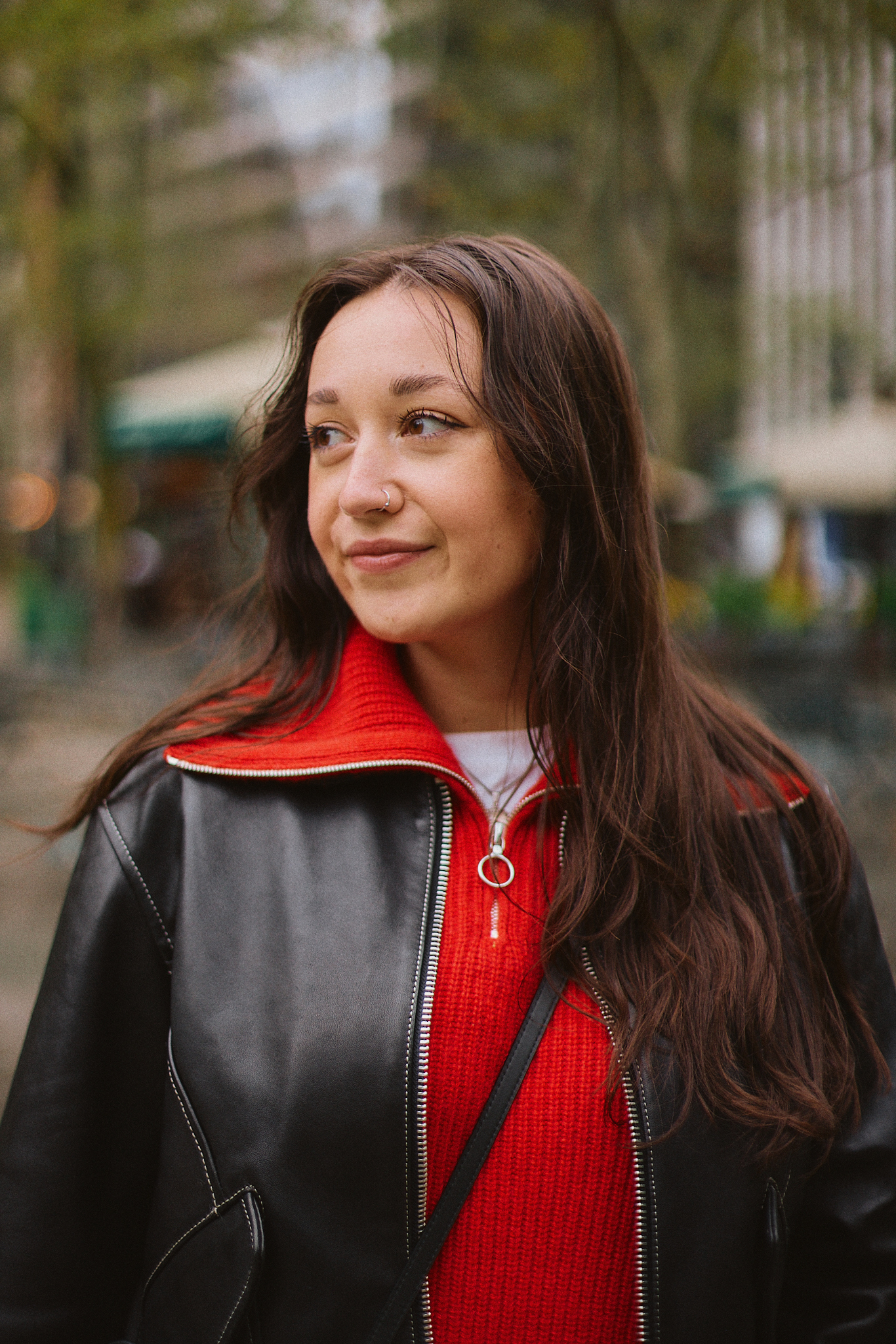
Emma Childs is the fashion features editor at Marie Claire, where she explores the intersection of style and human interest storytelling. She covers viral, zeitgeist-y moments—like TikTok's "Olsen Tuck" and Substack's "Shirt Sandwiches"—and has written hundreds of runway-researched trend reports. Above all, Emma enjoys connecting with real people about style, from picking a designer's brain to speaking with athlete stylists, politicians, and C-suite executives.
Emma previously wrote for The Zoe Report, Editorialist, Elite Daily, and Bustle and studied Fashion Studies and New Media at Fordham University Lincoln Center. When Emma isn't writing about niche fashion discourse on the internet, you'll find her stalking eBay for designer vintage, doing hot yoga, and "psspsspssp"-ing at bodega cats.
